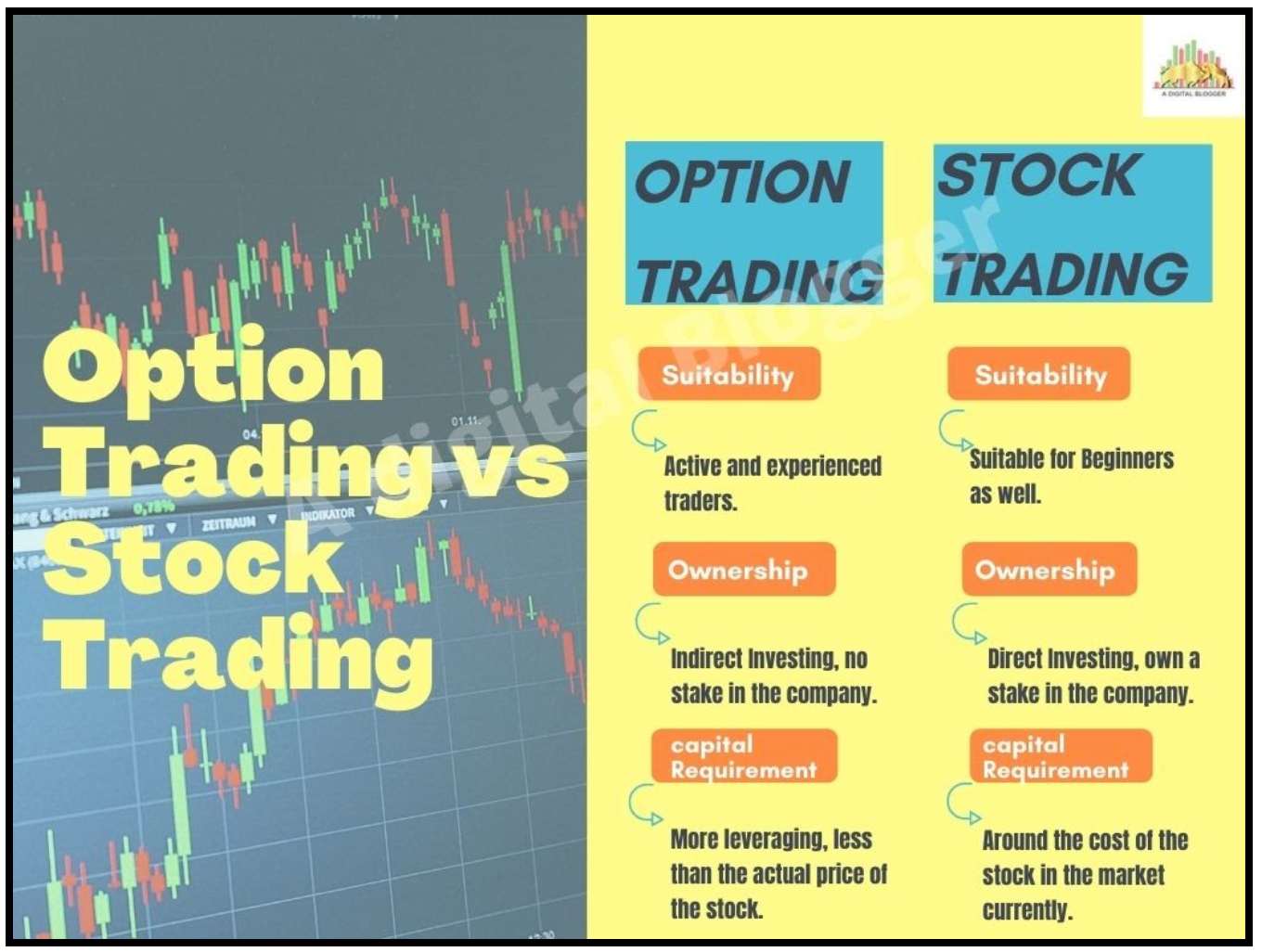Introduction
In the world of finance, options trading stands out as an intriguing and potentially lucrative strategy. Options contracts grant investors the right, but not the obligation, to buy or sell an underlying asset at a specified price on or before a set date. They provide a unique blend of risk and reward, offering traders the opportunity to speculate on future market movements and hedge against potential losses.

Image: www.adigitalblogger.com
Understanding options market prices is crucial for successful trading. It involves comprehending the factors that influence option premiums and their impact on the potential profitability of an options position. This guide will delve into the intricacies of options market prices, exploring the key concepts, strategies, and complexities associated with this fascinating market.
Market Price Determinants
The market price of an option is primarily determined by four main factors:
- Underlying Asset Price: The value of the underlying asset directly influences the option’s price. As the asset price moves, so does the option premium.
- Time to Expiration: Options have a limited lifespan, and their value decays as expiration approaches. The closer to expiration, the lower the option premium.
- Volatility: Volatility measures the expected fluctuations in the underlying asset price. Higher volatility increases the option premium, as it enhances the potential for significant price swings.
- Interest Rates: Interest rates affect the cost of borrowing money for options trading and can influence the option premium.
Option Types and Strategies
There are two main types of options: calls and puts.
Call Options: Give the buyer the right to buy the underlying asset at the strike price. They are used when traders anticipate an increase in the asset’s price.
Put Options: Give the buyer the right to sell the underlying asset at the strike price. They are used when traders anticipate a decline in the asset’s price.
Depending on their trading goals, traders can employ various options strategies. These include:
- Covered Call: Selling a call option when the trader owns the underlying asset.
- Protective Put: Buying a put option to protect against a potential decline in the underlying asset’s value.
- Spread Trading: Combining multiple options with different strike prices and expiration dates to create a customized risk-reward profile.
Risks and Rewards
Options trading carries both risks and rewards. Traders must carefully consider the potential risks before entering into any options position.
Risks:
- Limited Profit Potential: Unlike stocks, options contracts have a maximum profit potential limited to the premium paid.
- Unlimited Loss Potential: Options sellers, such as those using covered call strategies, potentially face unlimited losses if the underlying asset price moves against them.
Rewards:
- Leverage: Options offer leverage, allowing traders to control a larger position than their initial investment.
- Flexibility: Options provide traders with flexibility in structuring their positions to meet specific trading goals.
- Hedging: Options can be used to hedge against potential losses in other investments.

Image: www.youtube.com
Options Trading Market Price

Image: volume-price-spread-for-metastock.blogspot.com
Conclusion
Options trading market prices are a complex but essential aspect of understanding the options market. By comprehending the key factors that influence option premiums and the various options types and strategies, traders can navigate this market with greater confidence and potentially reap its benefits. As with any investment, thorough research, careful consideration of risks, and a well-informed approach are crucial for successful options trading.






